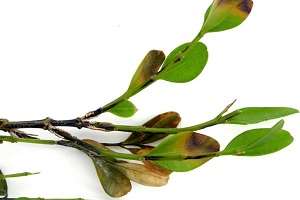
Mulching
Mulching can either help or hinder development of a plant disease, depending on the system. When it comes to boxwood blight, mulch theoretically should reduce disease development by reducing pathogen dispersal via rain splash (a primary cause of BB spread). Researchers at VT are investigating the potential mitigation of BB using various mulches. Studies are being conducted in operational nurseries and residential landscapes to best gauge impact on disease development.
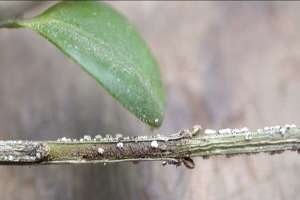
Fungicides
Few data exist on what fungicides best control BB. Dr. Jim LaMondia at CAES is comparing commercially available products and has identified some that are effective. A number of products were highlighted for their control activity, including pyraclostrobin and propiconazole. Both products have demonstrated good preventive control. Propiconazole, in particular, shows promise for early curative control. In fact, most triazole fungicides (also known as DMI’s) control BB preventively, as does preventive sprays of chlorothalonil. Always consult current product labels before applications.
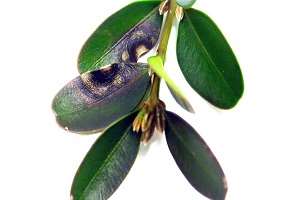
Biological control
Dr. JoAnne Crouch, USDA-ARS, and Dr. Chuan Hong, VT, are screening large numbers of microorganisms in the hopes of finding candidates for biological control of BB. Endophytes, microorganisms that live in or on a plant without causing disease, have been identified associated with boxwood leaves and roots. Often biological control agents have complex interactions with plants; so, this work can be tedious and time consuming.
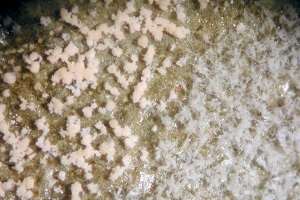
Heat therapy
Thermal inactivation, or heat therapy, has been used successfully in the past to eliminate pathogens from woody propagated plant tissue. Dr. Marc Cubeta’s lab at NCSU is conducting experiments to examine the response of C. pseudonaviculata and boxwood varieties to treatment with hot water to manage BB during propagation. After exposure to hot water at 47.5°C (117.5°F), conidia are either killed or impaired in their ability to cause infection. Preliminary results suggest that certain boxwood varieties are still able to root after exposure to these temperatures. Several varieties are being screened, and studies are ongoing to determine whether the pathogen can be eliminated from infected cuttings in this manner.
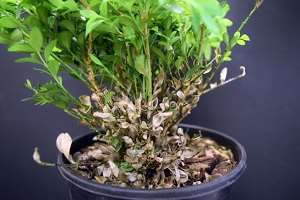
Source: psu.edu